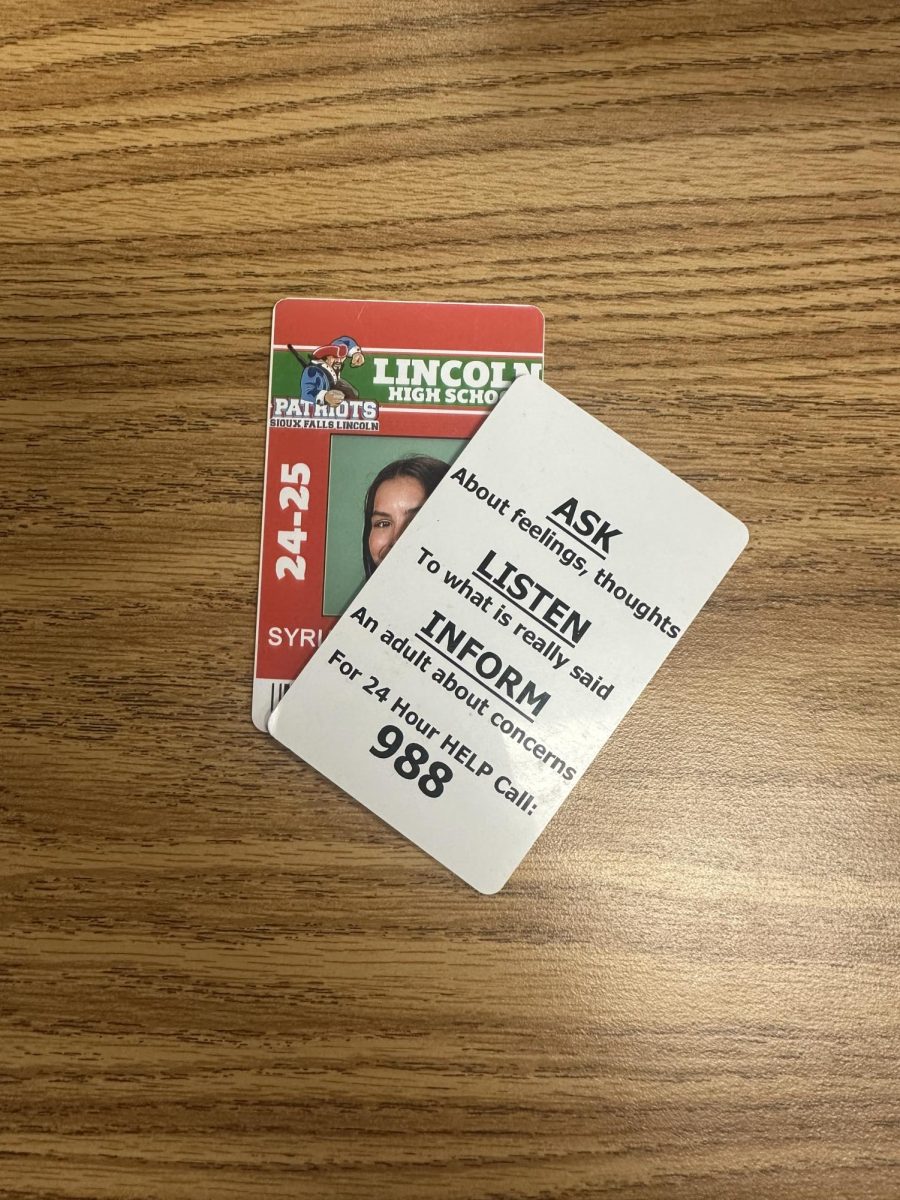
As an older sister to an “iPad kid,” a term coined for children chronically addicted to their devices, I have observed firsthand the dangers technology poses to youth when introduced at a young age. While communication has become more efficient than ever, the later effects of youth being consistently exposed to technology have proven increasingly negative for their physical, mental and social well-being.
Children addicted to technology are seemingly connected to their devices, rarely willing to abandon them and the content they hold. Consequently, this leads to obesity, with the appeal of playing online games with friends often outweighing the freedom of playing outdoors. Additionally, with a device constantly in use, overeating increases, due to children paying less attention to their hunger cues.
“Children who form a habit of passive TV or screen viewing also are at risk of early obesity. Not only is passive viewing a sedentary activity, but it exposes children to commercial content that promotes lack of exercise and high-calorie eating,” said the University of Minnesota.
Not only does obesity increase for screen-addicted children, but so does difficulty sleeping due to the blue light that devices emit. With young children requiring more sleep than adults, and being at a critical developmental stage both mentally and physically, sleep is essential for future success and proper development.
“The period of development from birth through age five is one of the most dynamic in a human’s life,” said the University of Minnesota. “Diminished sleep is observed when infants are exposed to blue light from screens, which suppresses endogenous melatonin. The content of what is viewed can also create an elevated heart rate, making it hard for young children to sleep.”
The mental effects of technology mirror those of the physical effects, in that both create long-term negative habits that are difficult for children to escape from, and ultimately harm their future. With social interaction being increasingly digital outside of school, social habits become limited at a crucial developmental time for youth.
“With the increased use of technology, children might not be adequately developing their social skills. This can lead to more children being socially awkward, withdrawn, shy, or intimidated by social situations. They might not know how to engage with other children or adults. Developing social skills takes practice, and if technology is often in the way, there are fewer opportunities for kids to develop these skills,” said Charles Nechtem Associates.
Along with harming social skills, technology also promotes instant gratification, impatience and a shorter attention span. With the growing popularity of social media apps that promote short, attention-grabbing videos the attention span will only continue to decline.
“Researchers in Canada surveyed 2,000 participants and studied the brain activity of 112 others using electroencephalograms (EEGs). Microsoft found that since the year 2000 (or about when the mobile revolution began) the average attention span dropped from 12 seconds to eight seconds,” said Time.
The ramifications of a low attention span are noticeable in the classroom. In order to learn and understand difficult concepts and skills, students must be able to focus and engage in the classroom for an extended period of time. Yet, the constant use of technology and promotion of instant gratification through social media transforms focus and engagement into difficult tasks, reflecting on students’ schoolwork and academic performance.
“Excessive use and problem technology use are highly prevalent among secondary school students, and they are associated with lower academic performance and lower levels of school connectedness,” said the National Library of Medicine.
Interconnectedness and instantaneous communication have become the social norm through the usage of modern technology. While the effects are still being observed in adolescents, it is clear that consistent and excessive exposure to technology leads to a multitude of negative physical, mental and social effects. Fortunately, through limiting screen time, particularly before bed, focusing on hobbies and in-person events and decreasing time on social media, technology no longer is tied to one’s sense of self, but rather a useful tool.









